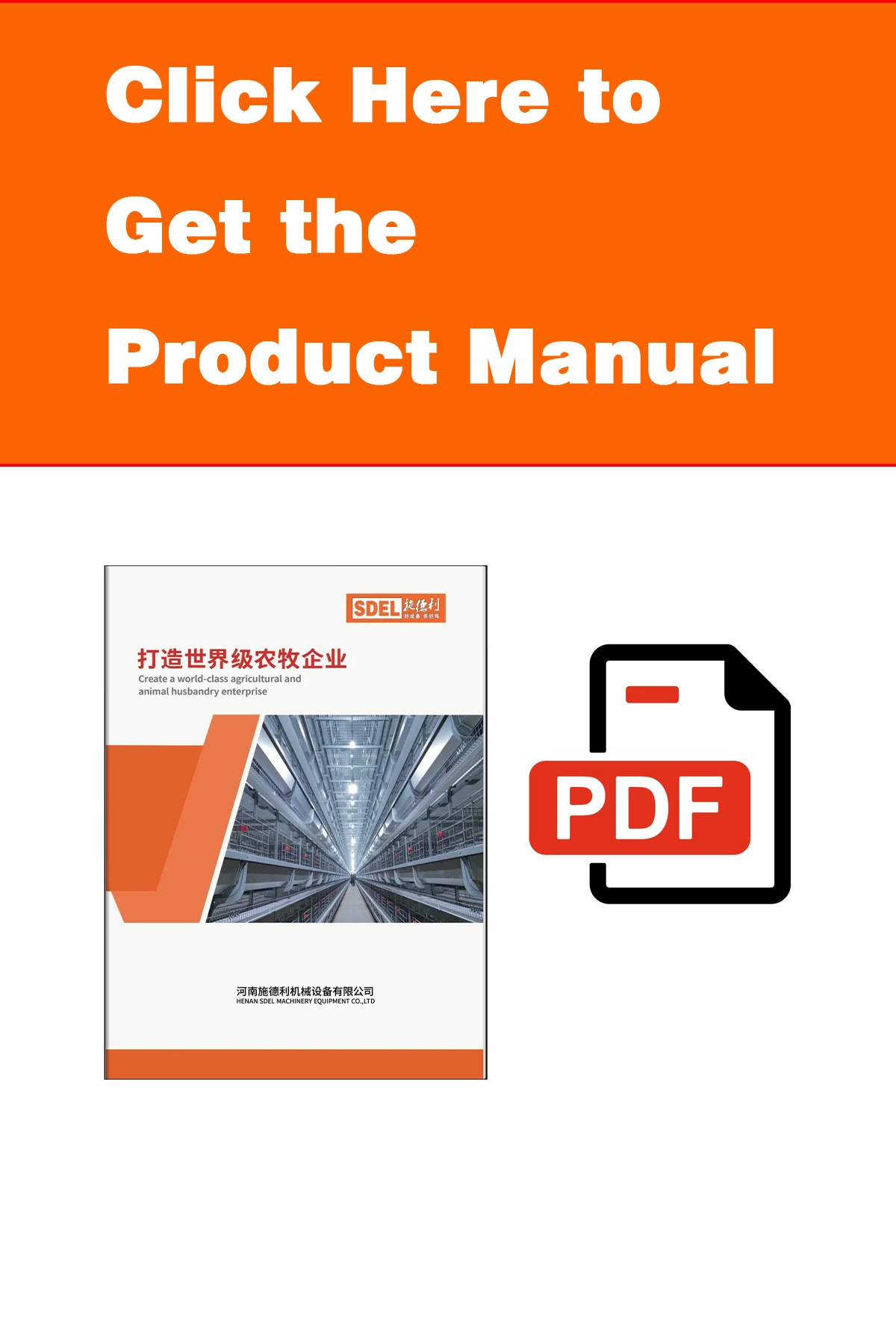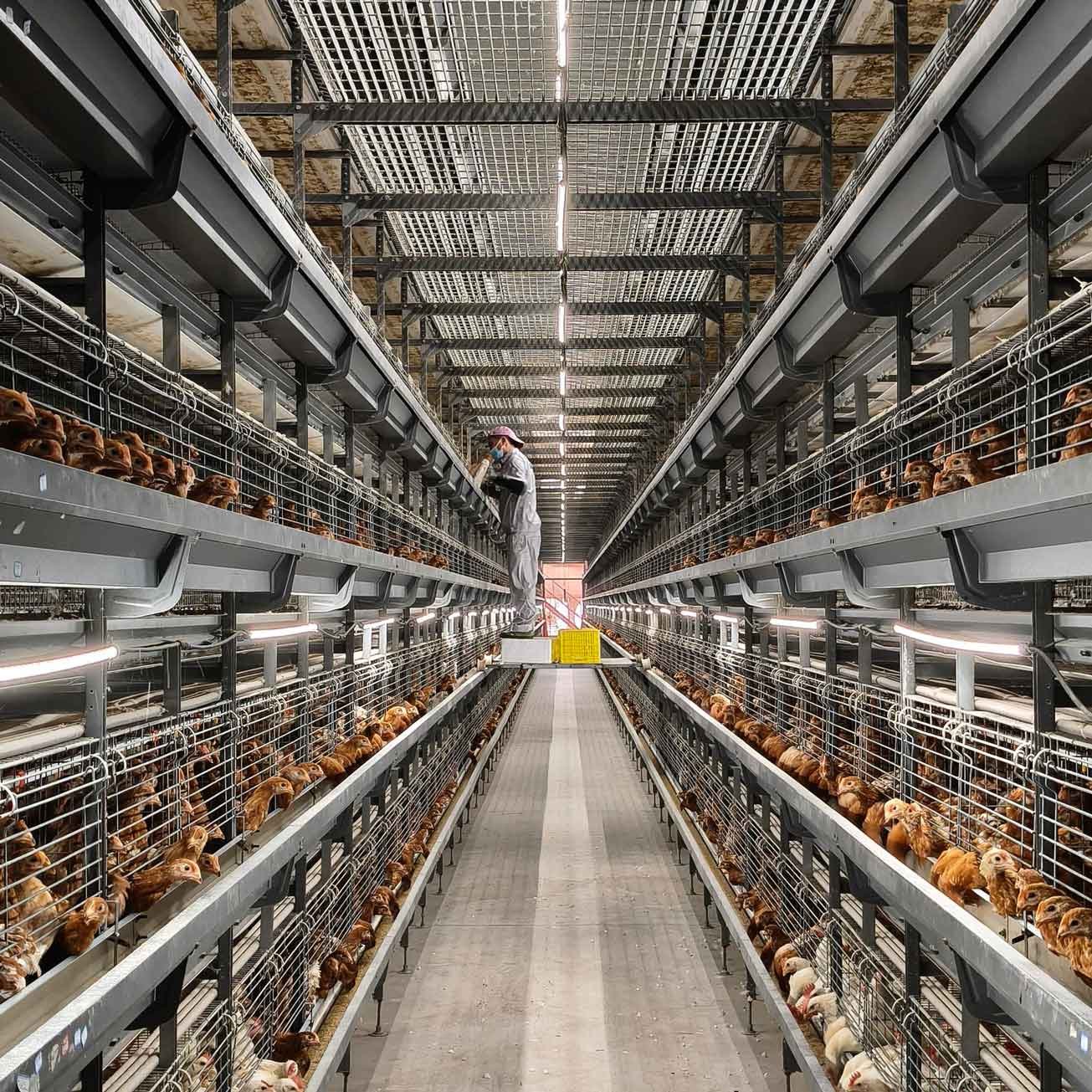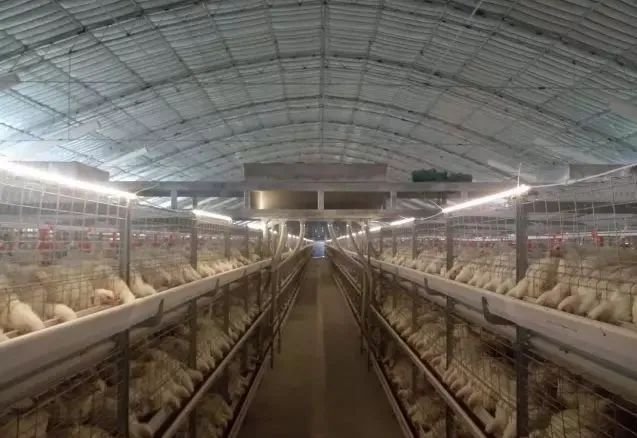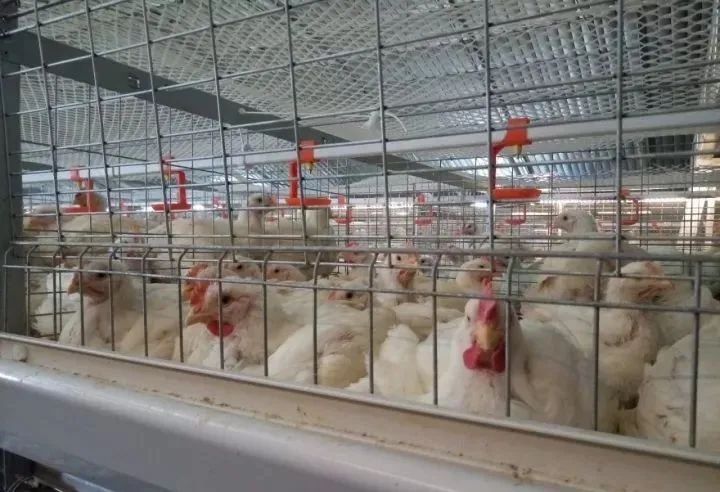Green and Healthy Poultry Farming Models and Key Technical Points
As a core component of a profitable poultry farming business plan, green and healthy farming ensures sustainable production while meeting market demands for safe, high-quality poultry products. This approach combines eco-friendly practices with advanced techniques to maximize both economic and environmental benefits.
Green and healthy farming refers to a pollution-free farming environment where scientific, advanced, and rational breeding techniques and methods are employed to produce high-quality, high-yield products without contaminating the environment. This approach achieves harmonious coexistence between livestock and nature, generating comprehensive economic, social, and ecological benefits while ensuring stable and sustainable development. Its core principles include ecological balance, resource optimization, animal health, and product safety.
The difference between traditional and healthy farming lies in their focus: traditional farming emphasizes livestock survival rates and production efficiency (livestock-centered), while healthy farming prioritizes product safety, nutritional value, and even flavor (human-centered, with animal welfare considerations). The main models and key technical points are as follows:
I. Fermentation Bed Farming Model
Fermentation bed farming involves placing organic bedding containing microbial strains in specially designed poultry houses, allowing microorganisms to decompose poultry waste, thereby reducing pollution.
- Construction of the Fermentation Bed
- Cage system: Dig a trench 1.5 meters wide and 0.4–0.5 meters deep along the floor beneath the cages. The inner sides of the trench should be smoothed with cement or bricks, and the bottom soil should be leveled.
- Free-range system: Build a fermentation bed enclosure 30–40 cm high using bricks, clay, wooden boards, or other materials.
- Selection of Microbial Strains
Choose safe, non-toxic, and highly decomposing live bacterial agents, storing them in a cool, dark, and airtight environment. - Selection of Bedding Materials
Use widely available, stable, low-cost, slow-decomposing, non-clumping materials with good absorbency, elasticity, and permeability, such as sawdust or rice husks. Avoid rotten or moldy materials. - Maintenance of the Fermentation Bed
- Add fresh bedding when sawdust levels decrease.
- Spread and loosen piled-up manure.
- Replace leaking drinkers promptly and add new bedding to damp areas.
- Loosen compacted bedding weekly and level uneven surfaces.
- After all chickens are removed, let the bedding sit for 2–3 days, then thoroughly turn and mix it while adding microbial fermentation solution. Reintroduce chickens after 24 hours.
- Bedding lifespan: 4–5 years. Used bedding can be directly applied as fertilizer or processed into organic biofertilizer.
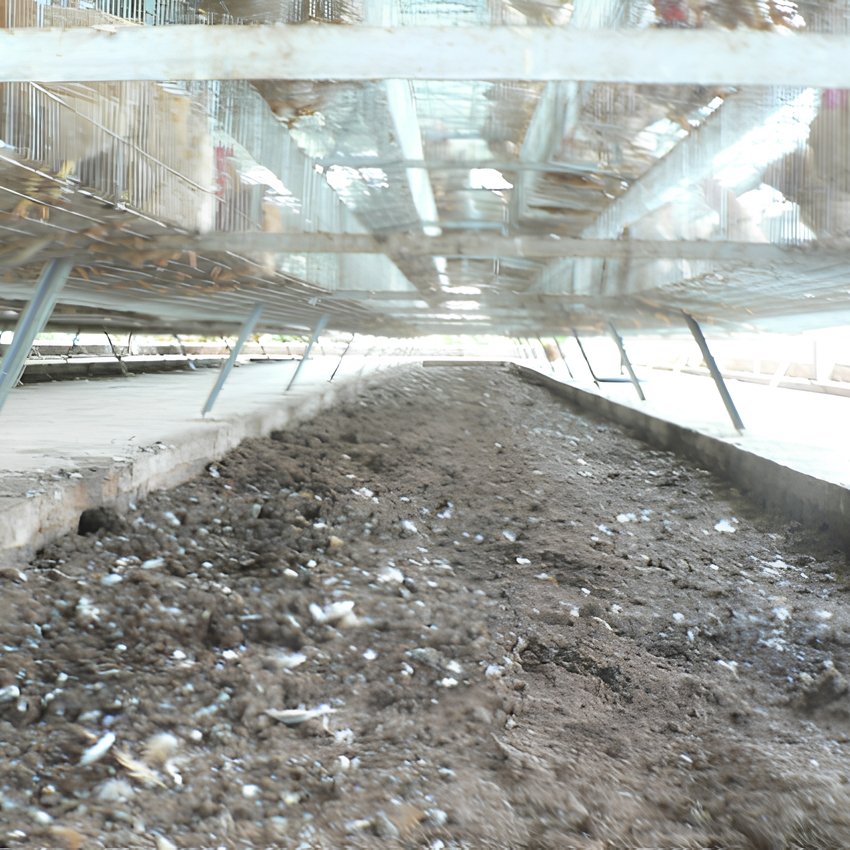

(Illustrations: Cage Fermentation Bed / Free-range Fermentation Bed)
II. Ecological Cycle—Multi-tier Farming Model
This model promotes agricultural ecological development, reduces pollution, and conserves resources. For example:
- ”Chicken–Pig–Maggot–Chicken/Pig” Cycle: Chicken manure feeds pigs, pig manure breeds maggots for fertilizer, and maggot meal (63% protein) feeds chickens or pigs, replacing soybean meal. Maggots also contain chitin and antimicrobial peptides, enhancing disease resistance. This approach reduces feed costs, minimizes waste, and improves economic and environmental benefits.

III. Fully Automated Cage System for poultry
A Cost-Effective Solution for Your Poultry Business,Taking a chicken farm as an example
- Chickens Conditions
- Environmental quality must meet NY/T388 standards; air quality must comply with GB3095.
- Farms should be at least 2 km from factories or mines, away from villages and other livestock farms, and over 500 m from major roads.
- Avoid pollution, noise, and external disturbances to minimize stress.
- Ensure convenient transportation, proper drainage, and separation of waste/water treatment areas from grazing zones.
- Coop Construction
- Single-layer structure with triangular roof trusses.
- Brick-concrete walls with moisture-resistant inner coatings.
- Smooth, seamless, corrosion-resistant flooring.
- Minimum height: 4 m (higher for brooding coops), eaves ≥ 2.5 m.
- Roof: 5 cm insulated panels, brick walls, and sealed windows.
- Cooling: Negative-pressure ventilation with wet curtains (sealed in winter).
- Cages
- Hot-dip galvanized, three-tier cages (32 chicken per set).
- Layout: Multiple “H”-type rows with 80 cm walkways between them.
- Automated systems: Manure conveyors, egg collection, feeding, drinking, and disinfection.



IV. Forest (Orchard) Ecological Farming Model
Free-range, slow-growing chickens are raised in forests or orchards (e.g., lychee, mango, citrus, bamboo). This model provides natural feed, fertilizes trees, controls weeds/pests, and enhances soil fertility while reducing costs.
- Simple Coop Design
- Density: 10–15 birds/m².
- Dimensions: 5–6.5 m wide, 30–50 m long, 2–2.5 m high (adjustable).
- Roof: Tarpaulin or asbestos tiles; frame: wood/bamboo; walls: plastic film/canvas.
- Cement flooring; optional perches for nighttime roosting.
- Flock Size and Grazing Density
- Flock: 1,000–2,000 birds.
- Indoor density: 10–15 birds/m²; outdoor: 150–300 birds per 667 m² (1 acre).
- Rotational Grazing
- Zoned rotation: Divide forest into 3–4 sections, rotating monthly.
- Phased rotation: Change sites every 1–2 years.
- Interval rotation: Rest land for 1.5–3 months between batches.

V. Dryland Duck Farming Model
Ducks are raised entirely on floors or net beds without access to water.
- Net-Bed Duck House
- Brooding area: Brick walls or tarpaulin; roof: color steel tiles; net bed height: 60–100 cm (mesh: 1×1 cm); side rails: 20–30 cm.
- Grower/finisher area: Steel/concrete frame; roof: color steel tiles; net bed height: ≥1.8 m (mesh: 2×2 cm); side rails: 40–60 cm.
- Floor-Based Duck House
- Brooding area: Brick walls or tarpaulin; roof: color steel tiles.
- Grower/finisher area: Steel/concrete frame; roof: color steel tiles.
- Floor bedding: 3 cm of sawdust, husks, or soft plant straw.
- Water Troughs and Drainage
- Troughs: 15–20 cm diameter PVC pipes (1/3 cut open), placed on a plastic mesh (size adjusted for duck age).
- Waste gutter: Beneath trough mesh; 30–40 cm deep, 70 cm wide; 10° slope toward downwind direction; cement-lined.
- Drainage ditches: Along eaves; 20–30 cm deep, 60–70 cm wide; 10° slope.

By integrating these green and healthy farming models into your poultry farming business plan, you can reduce operational costs, enhance product value, and align with global trends in sustainable agriculture. This not only ensures long-term competitiveness but also meets the growing consumer demand for ethically produced food.

